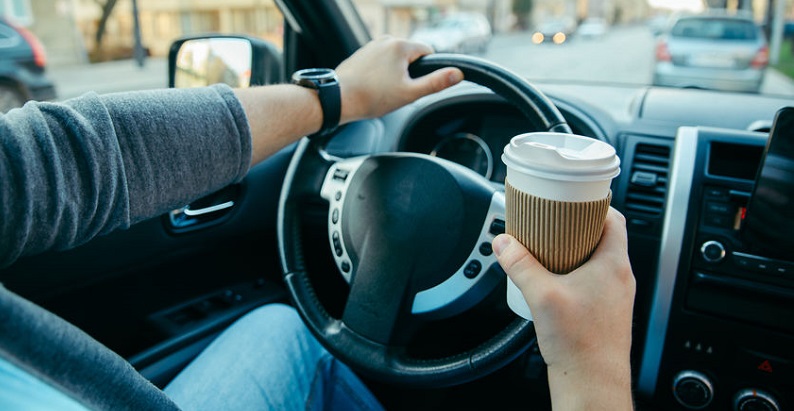About nine percent of all sleep-related auto accident fatalities happen between six and seven in the morning.
This Dangerous Practice Leads to More Than 300,000 Auto Accidents Every Year
Colorado is known for its beautiful scenery, the variety of activities it offers, and, increasingly, the presence of drowsy drivers on the state’s roadways.
Sleep Junkie reports that Colorado is one of the three highest-ranking states in the nation in the category of number of people killed in drowsy driving accidents. Colorado is among the top five in the category of “largest increase in sleep-related driving fatalities.”
Dangers of Drowsy Driving
Sleep may be a “precious balm” (Euripedes) and “nature’s soft nurse” (Shakespeare). But there’s a time and a place for everything, and the driver’s seat, while you’re in it, is not the time or the place.
The AAA Foundation for Traffic Safety finds that drowsy drivers are responsible for 9.5 percent of all traffic accidents. The foundation adds that according to federal estimates, “drowsiness is a factor in only one to two percent of crashes,” an example of underreporting that it attributes to “difficulty in detecting drowsiness following a crash.”
Young male drivers between 16 and 24 are most at risk for drowsy driving auto accidents, probably because they often have erratic sleep schedules and less driving experience than older drivers.
According to the American Academy of Sleep Medicine (AASM), drowsy driving is implicated in around 328,000 collisions every year, 6,400 of which involve fatalities. An estimated 45 percent of American drivers have driven while drowsy.
The AASM offers tips to stay awake and alert while driving:
- Get a good night’s sleep. Most adults should sleep seven or more hours each night.
- Don’t drive late into the night or by yourself if you can avoid it.
- On long road trips, share driving duties with others.
- Pull into a rest stop if you begin to feel sleepy.
- If you have just worked the night shift and feel too tired to drive, ask for a ride home.
Although caffeine, turning up the music, and rolling down a window can give you a brief boost when you’re getting sleepy on the road, the best thing to do in that situation is stop driving and take a nap before continuing.
How You Know You’re Falling Asleep Behind the Wheel
Warning signs of drowsy driving include:
- Yawning or blinking frequently.
- Trouble remembering the last few miles that you have driven.
- A tendency to slip out of your lane.
- A tendency to hit the rumble strip along the side of the road.
According to the Centers for Disease Control and Prevention, just as alcohol can blunt your capacities as a driver, so lack of sleep can make you less alert, impair your coordination and judgment, and significantly lengthen your reaction time. In sum, you fall prey to “cognitive impairment.”
When are sleep-related collisions most likely to occur?
Sleep Junkie finds that about 9 percent of sleep-related driving fatalities occur between 6:00 a.m. and 7 a.m. Fatalities are also relatively high between 4:00 a.m. and 6:00 a.m. “During these very early morning hours, fatigued commuters or tired employees finishing their night shifts are much more likely to be on the road,” the site says. Fatal accidents involving fatigued drivers are least likely to occur in the evening, i.e., 5 p.m. and later.
Sleep-related accidents are also more likely on Fridays, Saturdays, and Sundays than on other days of the week, and more likely in summer than in other seasons.
If you or a loved one has been injured in an accident involving a drowsy driver, contact personal injury attorney Dan Rosen at (303) 454-8000 or (800) ROSEN-911 to schedule your free initial consultation to discuss the details of your case.

